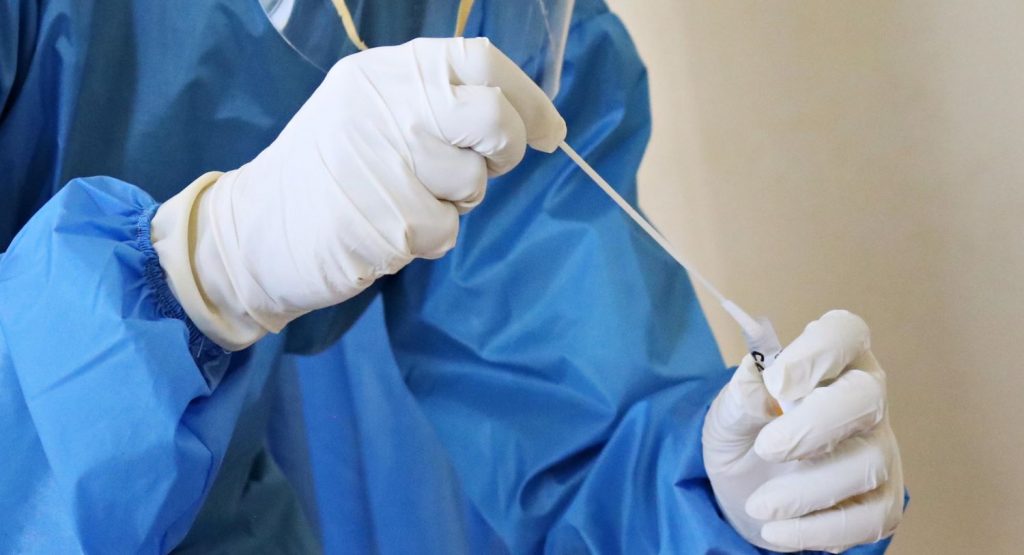How Much Profit Are Private Labs Earning From PCR COVID Testing?
A paper recently published in Journal of General Internal Medicine details how the federal government’s response to the COVID-19 pandemic created a perfect storm in which private laboratories can earn huge profits from polymerase chain reaction, or PCR, testing while potentially impacting health care premium costs.
The paper was published by a team of researchers, including three economists from the University of Hawaiʻi at Mānoa.
“In many concentrated insurance markets such as Hawaiʻi, insurers have few incentives to negotiate lower prices,” paper co-author Tim Halliday, economics professor at UH-Mānoa’s College of Social Sciences and UH Economic Research Organization research fellow, said in a press release, adding that the insurers can easily pass on those costs to premiums without losing market share.
Two major components of the U.S. government’s pandemic response — the Families First Coronavirus Response and Coronavirus Aid, Relief and Economic Security acts — require commercial insurance plans to cover the costs of COVID testing without any cost-sharing for patients, but they are silent on the prices labs can charge.
Halliday said the consequences of high profit for testing providers are borne by plan sponsors and will likely result in higher insurance premiums, passing the burden to patients.
“The COVID-19 testing pricing policies are as if designed to channel money from taxpayers, employers and workers to testing facilities and insurance companies,” paper co-author Ge Bai, health policy and management professor at Johns Hopkins Bloomberg School of Public Health, said in the press release. “This study revealed key problems affecting the efficiency of the U.S. health care system, namely, rigid government rate-setting, price insensitivity of consumers and misaligned incentives of insurance companies. It highlights an opportunity for policymakers to improve the affordability of health care services by focusing on addressing these problems.”
According to the researchers, examples of issues that contribute to this situation include:
- The Medicare program that sets a static payment rate at $51 per test, which substantially exceeds the cost and fails to reflect the economies of scale.
- The FFCRA, which prohibits cost-sharing, thus taking away insurance companies’ ability to steer patients away from expensive labs.
- The CARES Act, which encourages out-of-network labs to set high prices.
Using unique Hawaiʻi taxation data on monthly sales, the group analyzed how the COVID pandemic affected the revenue and profitability of independent laboratories. The results showed that private laboratories’ revenue followed the volume of PCR tests performed in the state in lockstep.
“Between May and December 2020, the monthly growth rate of revenue was 8% on average,” the press release said.
The researchers estimate that profits per PCR test were at least $10, but the actual number is likely far greater.
Sponsored Content
Notice: Function the_widget was called incorrectly. Widgets need to be registered using
register_widget(), before they can be displayed. Please see Debugging in WordPress for more information. (This message was added in version 4.9.0.) in /mnt/efs/html/wp-includes/functions.php on line 6114





